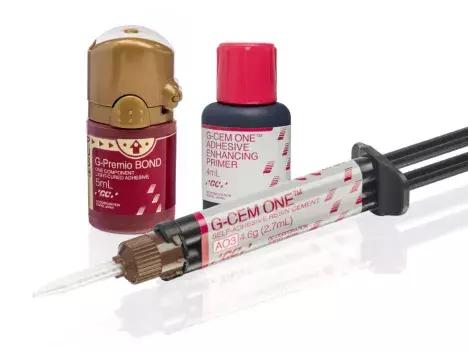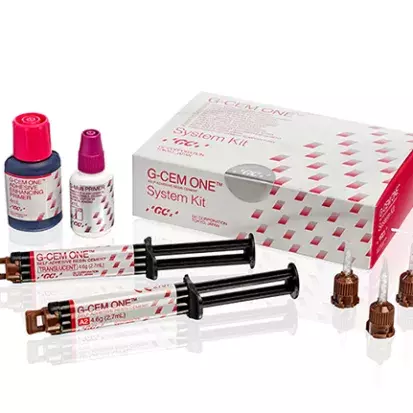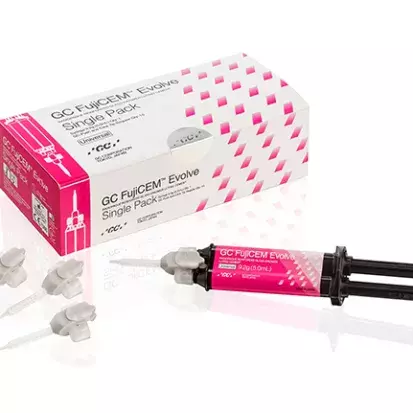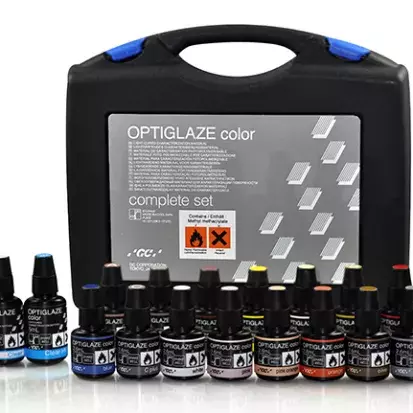
GC America offers a range of conventional indirect restorative materials that provide exceptional physical properties, such as strength and durability, making them a reliable choice for long-lasting restorations. These versatile materials can be used in a variety of procedures, including crowns, inlays, onlays, and bridges. GC America's indirect restorative materials have excellent handling properties, ensuring a smooth and easy application.
We are excited for you to learn more about our indirect restorative solution workflow - overlay and onlay, from A to Z!
Want to learn more about GC's Indirect Restorative Workflow Solutions with a staff visit from one of our Sales Representatives? Fill out the form to reach out and get one scheduled today!
1. Preparation
Smart tips for your preparation:
- Build the core and fill the undercuts with everX Flow™ to preserve and reinforce the remaining tooth structure
- Immediate dentin sealing with G2-BOND Universal or G-Premio BOND™ protects dentin from contamination, eliminates postoperative sensitivity and increases bond strength
- Do a deep margin elevation with G-ænial™ Universal Injectable when needed
- Quickly and efficiently temporize the preparation with TEMPSMART® or REVOTEK® LC
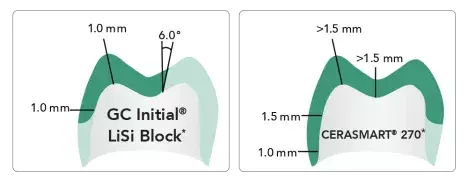
2. Material Selection
Use GC Initial® LiSi Block, the fully crystallized lithium disilicate block for:
- Restoring teeth with compromised structure (cracks, big defects, several cusps missing)
- Ceramic antagonists
- Adult patients
Use CERASMART® 270, the hybrid ceramic block for:
- Restoring teeth with non-compromised structure (smaller defects)
- Patients with bruxism
- Younger patients
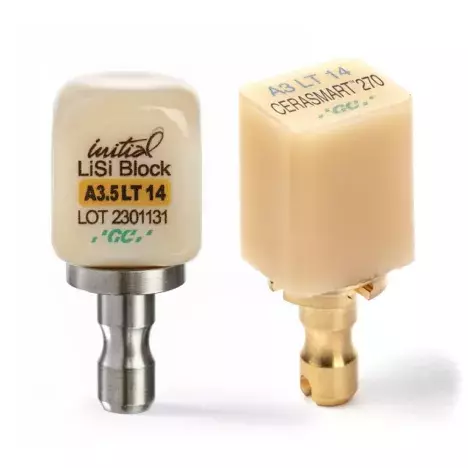
3. Finishing and Painting
Quick, easy and aesthetic:
Polishing:
- Standard polishing wheels
Characterization:
- GC Initial® LiSi Block - add color & fluorescence with GC Initial® IQ Lustre Pastes ONE
- CERASMART® 270 - paint and coat with OPTIGLAZE™ color
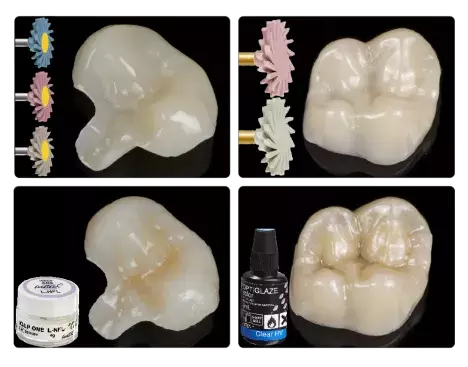
4. Cementation
Indirect partial posterior restorations typically have low retention and visible margins, so they warrant a cement with high bond strength, wear resistance and color stability.
The universal resin cement, G-CEM ONE™ is your first choice of cement in these indications. Use it with G-CEM ONE™ Adhesive Enhancing Primer or G-Premio BOND™ when extra adhesion is needed.
When the preparation (e.g. for an overlay) provides sufficient retention/resistance, this step can be omitted altogether.
